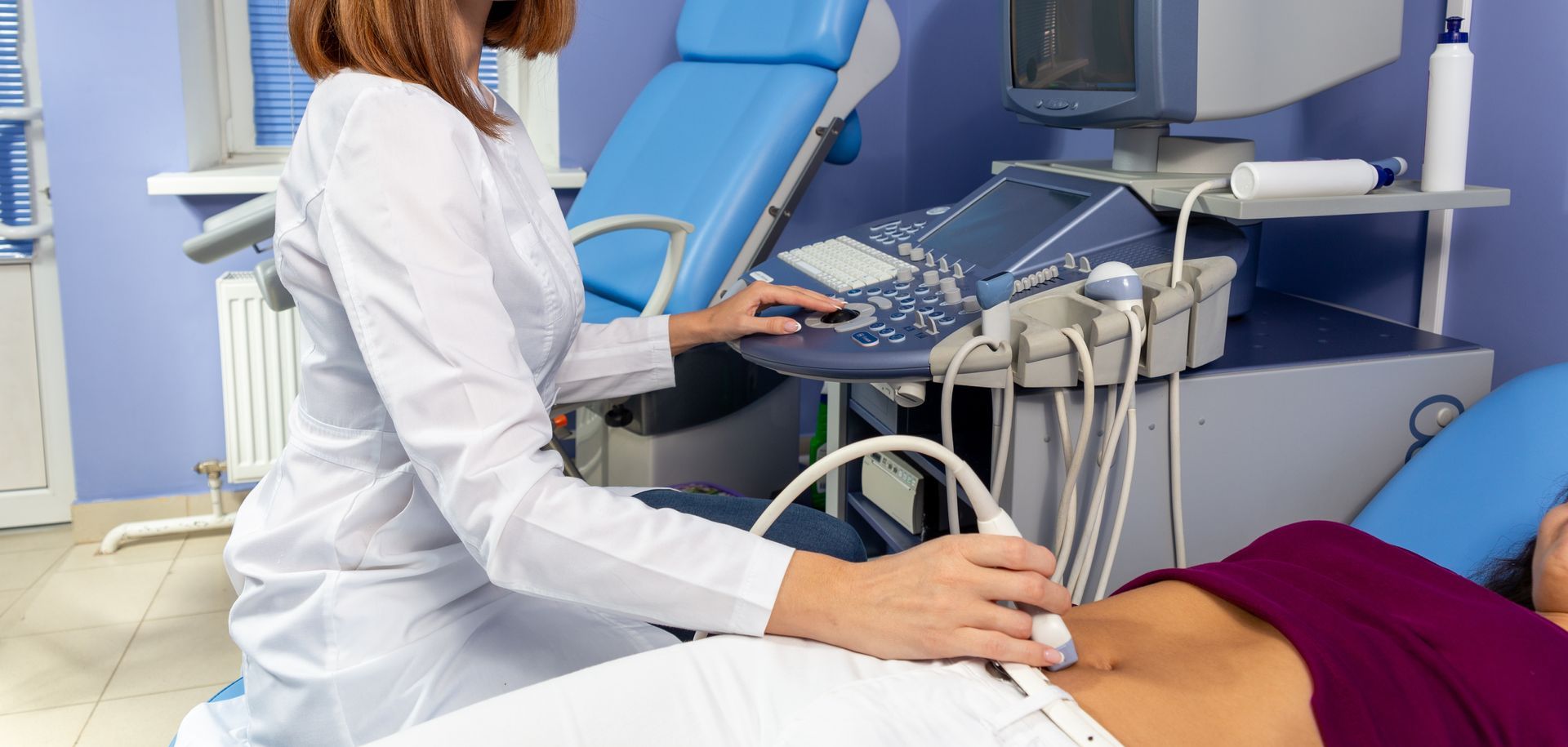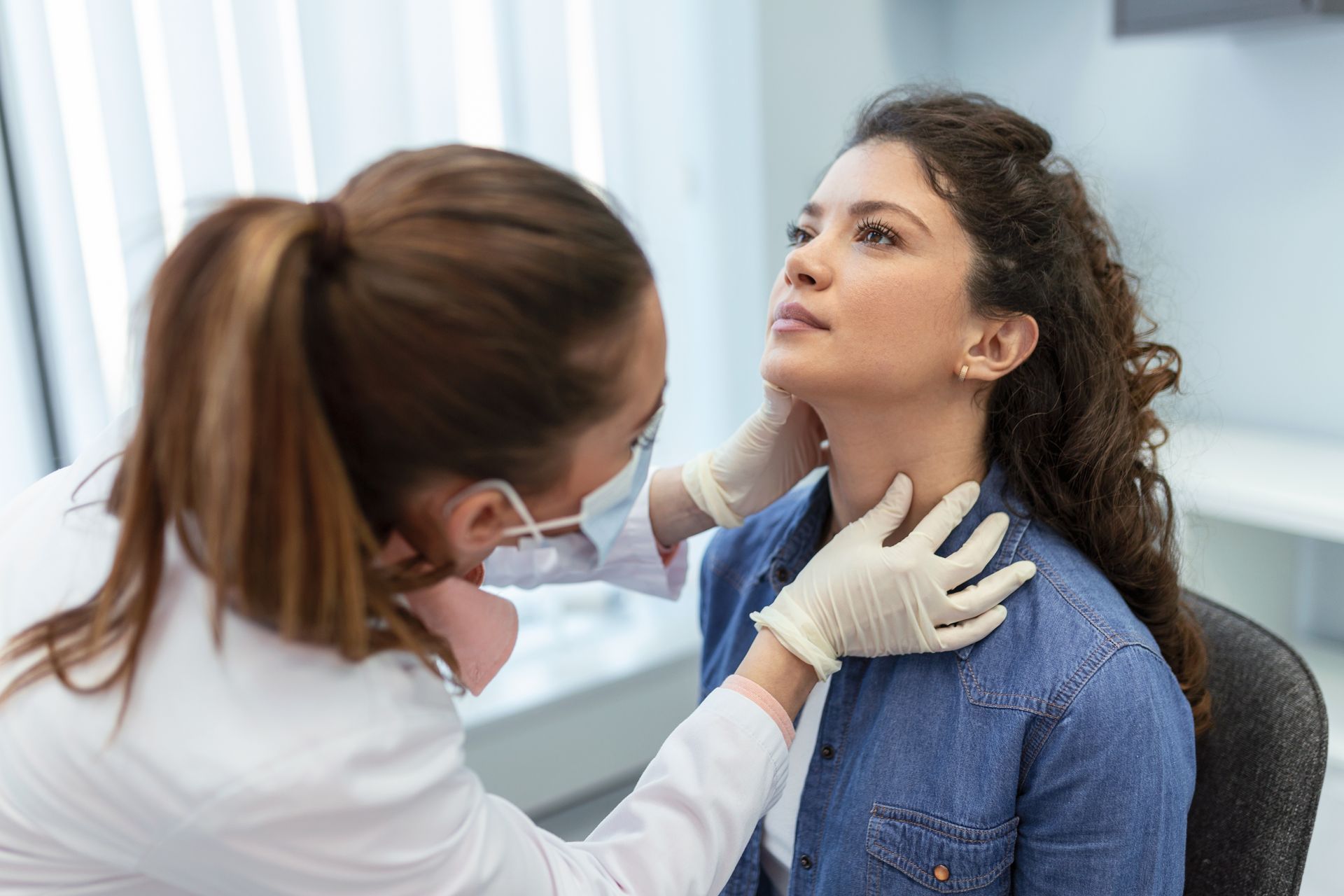Recent Posts
How Are Traditional X-Rays Different from Digital X-Rays?
How Are Traditional X-Rays Different from Digital X-Rays?

During a medical or dental appointment, your doctor may order X-rays to gain more insight into your health. During the procedure, your images will be taken as either traditional (film) X-rays or as digital X-rays.
Traditional X-rays use film to capture the image which needs to be developed in a darkroom, while digital X-rays use a digital sensor to capture the image. Digital X-ray images are immediately available for viewing on a computer.
What Are Traditional X-Rays?
Traditional X-rays are comparable to old film cameras because they use film to produce a two-dimensional image. A traditional X-ray system will take an image of what’s inside the body, which will later be developed and analyzed by a doctor.
Traditional X-rays were first introduced in the latter years of the 19th century. However, due to advances in technology, they’re gradually being replaced with digital X-rays, which emit less radiation and produce better images faster.
What Are Digital X-Rays?
As the name implies, digital X-rays create a digital image of a patient's internal tissues (primarily bones and joints). This image can be viewed on a computer screen and can be manipulated to improve the clarity of the image.
Digital X-rays made their debut in the 1980s and have been gaining popularity ever since due to their many benefits, such as reduced radiation exposure and faster results.
What’s the Difference Between Traditional and Digital X-Rays?
Although both traditional and digital X-rays use electromagnetic radiation to produce images of what’s underneath your skin, the fundamental difference between the two is that traditional X-rays use film to capture the image, while digital X-rays use a computer to capture the image. The speed with which a digital image can be generated means patients are exposed to a lower dose of X-rays to obtain a sharp and clear image.
Radiation Levels
The ionizing radiation used in X-rays is a human carcinogen and has been linked to cancer, but only when used in high doses. Although taking X-rays expose patients to only a small amount of radiation, it’s normal for people to be concerned about the risks of radiation.
Digital X-rays differ from traditional X-rays in terms of radiation exposure. The former is considered much safer than their film counterparts due to requiring less radiation to obtain images compared to traditional X-rays.
Image Quality
Thanks to advancements in technology, digital X-rays produce better images than traditional X-rays. The digital images are sharper and more detailed, which helps doctors spot details that likely would be missed using traditional technology.
Turnaround Time
Traditional X-rays need to be developed, which may take days or even weeks depending on the laboratory. This can be a major inconvenience if results are needed immediately, such as in an ER setting. Digital X-rays, on the other hand, are available almost immediately after they are taken. The images can be viewed on a computer monitor and can be manipulated to enhance the image or to zoom in on a particular area.
Storage and File Sharing
Digital X-rays don’t need to be developed and mailed back to your doctor’s office. They can be virtually stored in a HIPAA-compliant hard drive. This allows for secure and easy file sharing between medical professionals and patients.
It’s not uncommon for digital X-ray images and other patient files to be encrypted and password protected for enhanced security, which can prevent unauthorized access to sensitive patient information.
Environmental Impact
Traditional X-rays use films and chemicals that negatively impact the environment. The biggest environmental concern associated with traditional X-rays is the disposal of the film, which contains silver--a heavy metal that can be toxic to aquatic life if it enters water sources.
On the other hand, using digital X-ray systems doesn’t require film and therefore doesn’t produce any hazardous waste.
Affordable Digital X-Ray Services in Houston
At the St. Hope Foundation, we use digital X-ray services to obtain faster and more accurate patient diagnoses.
With our state-of-the-art technology and experienced medical professionals, you can trust your needs and ailments will be met with the highest quality care.
To schedule your next healthcare service, call (713) 778-1300 today.









